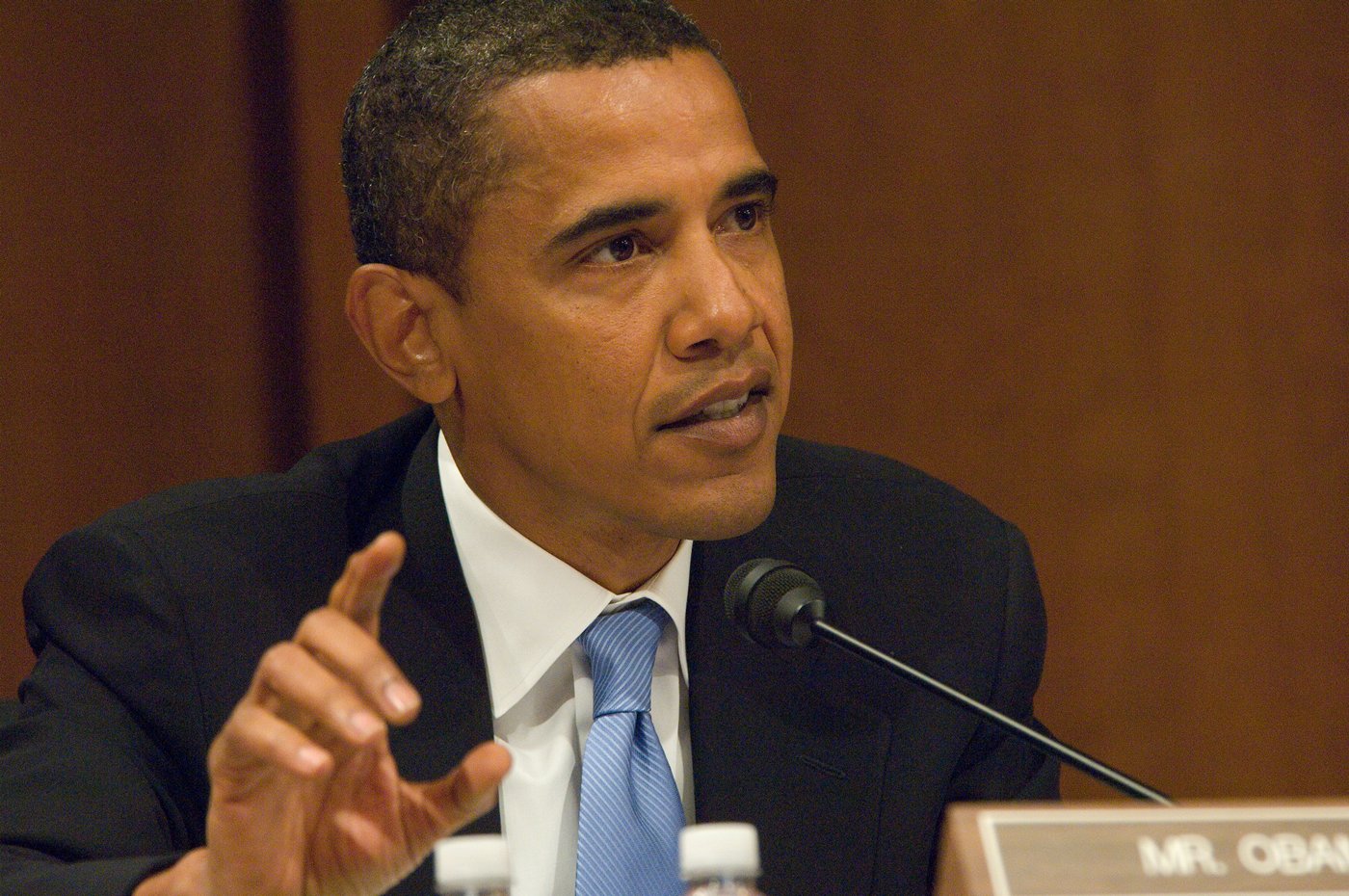
Over the last few years, many real estate companies across the country, particularly in Delhi and the National Capital Region (NCR), have taken money from home buyers and not been able to deliver promised homes on time.
Some of these companies have also taken loans from banks and defaulted on those loans as well. Basically, these companies have taken money from home buyers, they have also taken loans from banks, and still been unable to deliver the promised homes. In some cases, real estate companies have already booked sales on homes they are yet to deliver.
The question is where has this money gone?
I think there are two answers to the question. 1) Promoters of real estate companies have siphoned off a part of the loans they took on from banks and the money they took from buyers. 2) This money has been diverted for other uses, like completing previous projects and buying more land (or to put it in real estate parlance for building a formidable land bank).
Banks are now looking to recover their bad loans from real estate companies. And at the same time, the buyers are also hopeful that someday their dream homes will be delivered to them.
There are several interesting issues that crop up here:
a) It is now more or less clear that the real estate companies had been happily running a Ponzi scheme. A Ponzi scheme is basically a financial scam in which investors are promised very high returns. The money being invested by the second set of investors is used to pay off the first set. The money invested by the third set of investors is used to pay off the second set and so on. A Ponzi scheme runs until the money being invested in the scheme is greater than the money that is going to redeem the investment of the early investors. The moment this reverses, the scheme collapses.
The real estate companies essentially followed this model. They announced a new real estate project and then raised money against it. This money was then used to buy more land or simply siphoned off. Then a new project was announced. The money raised against the new project was used to complete the earlier project. Of course, I am simplifying things a bit here, but that was the basic modus operandi.
The key in this method of selling homes was the ability to keep launching new projects. Over the years, as real estate returns fell, the ability of real estate companies to launch new projects came own drastically. Once this happened, they couldn’t raise enough money to complete their existing projects. And this led to many buyers being left stranded in a rented home.
b) The inability to deliver on promised homes along with low returns has put off people from investing in real estate. The falling interest in owning real estate becomes clear from the savings figures as well. As per the recently released annual report of the Reserve Bank of India, in 2012-2013, savings in physical assets made up for 14.4 per cent of the gross national disposable income (GNDI). By 2015-2016 this had fallen to 10.7 per cent of the GNDI. GNDI is a concept similar to GDP which also takes remittances from abroad and food aid into account. India’s GNDI is around 1.03 times its gross domestic product.
c) A bulk of the buyers had bought homes by taking on home loans from banks. They are currently paying EMIs against these loans. They are also paying a rent to live in the homes that they currently do. Given this, they are monetarily stretched. Further, they are paying an EMI for an asset which they haven’t got as yet and will probably never get in the form they had originally envisaged.
d) When prospective buyers take a home loan from a bank, the home they are buying is the collateral or the security against the loan that is taken. In many cases, the real estate companies have offered these homes against which home loans had already been taken, as a collateral to the banks, and taken on more loans. So, the buyers have been taken for a ride here. Also, the question is how have banks allowed dual financing on the same asset?
It is worth remembering here that many real estate companies which have defaulted on banks loans and delivering homes, worked on a pay as you build model. This basically meant that these companies got paid in instalments from the buyers at every stage of construction.
Hence, the homes were technically owned by the buyer (or to put it more specifically the bank from which the buyer had taken on a home loan) and could not have been offered as a collateral, without the consent of the buyer. Nevertheless, that seems to have happened. This is something that the banks need to explain. (In case you want to understand dual financing in even more detail click here and here).
e) So, where does that leave the buyer? Recently, bankruptcy proceedings have been started against Jaypee Infratech which took money from more than 30,000 buyers and did not deliver on the promised homes. At the same time, it has defaulted on bank loans. The Supreme Court has stayed these proceedings.
The Bankruptcy and Insolvency Code in its current form does not leave anything for the buyers. The buyers are not on the list of entities that will be compensated for payment of what is due to them once the company is liquidated. From the legal point of view this makes sense given that the money that the buyers had handed over to the real estate companies was basically an advance and not a loan. But then given that thousands of families are involved, should only the legal view prevail is a question even though tricky, worth asking.
Of course, the bureaucrats who wrote the bankruptcy code did not take the real estate sector and the way it operates, into account. This is something that the government should hopefully correct for in the days to come.
f) Suggestions are now being made that like the banks, the buyers should also be ready for a haircut (i.e. be ready to accept a part of the money they had invested with a real estate company to buy a flat and not the entire amount). The trouble with this argument is that for the banks, the bad loans of real estate companies are just a part of their overall bad loans. For the buyers, the money they invested with real estate companies was probably the biggest investment they ever made and if they have to take a haircut on it, they will probably never recover financially from it.
The Supreme Court now needs to decide whether the buyers are financial creditors or not. This is a tricky question, which I shall elaborate on later in the days to come.
g) In all this, the real estate promoters seem to be having the last laugh. A part of the money they borrowed from banks and took from real estate buyers, has been tunnelled out. It is hardly likely that the bankers will be able to go after their other assets (i.e. the land bank they built by tunnelling out money) in order to recover their loans. Hence, they have clearly managed to limit their losses.
In fact, in a fair world, the balance sheets of these real estate companies would have been subjected to forensic accounting in order to figure out where did the money go. But the bankruptcy code has no such provision. If it did that would inevitably delay the resolution process.
And this brings me back to the point that I keep making for all my readers who forever seem to want solutions to all problems; everything in India does not have a clear solution.
Of course, now the central government will have to get involved if this issue has to be sorted at any level. I only hope that they try and arrive at a private sector solution and the taxpayer money is not used in any form. Already, a section of the real estate sector is talking about a government bailout. If the builders in India don’t have money, who does?
To conclude, the mess in the real estate sector in India is an excellent example of what follows when a Ponzi scheme goes bust. And as they like to say in Hollywood films, you ain’t seen nothin’ yet. Keep watching.
The column originally appeared on Equitymaster.com on September 11, 2017.


